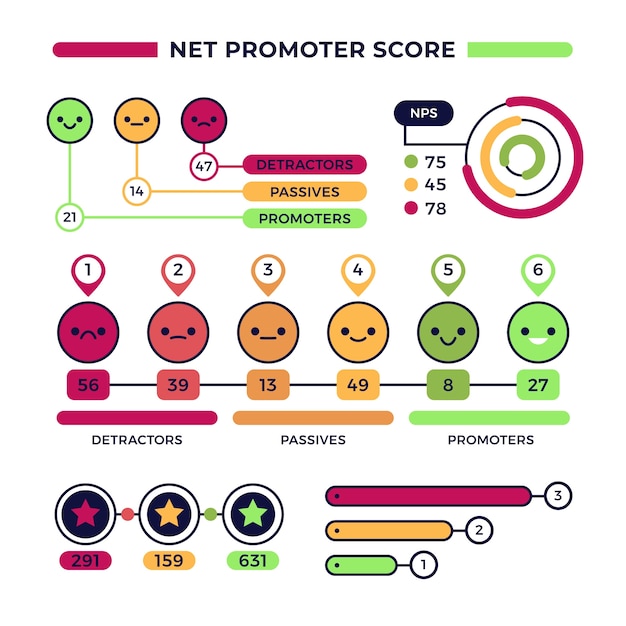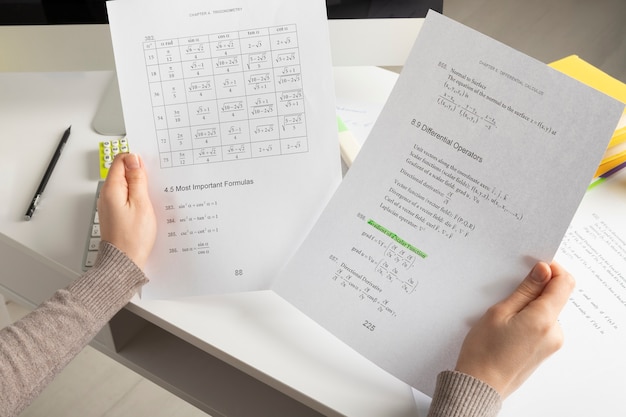
The Present Continuous tense is a verb tense used to express actions happening at the moment of speaking or actions that are happening now but may not be completed. It is formed by using the present participle form of the verb (the base form of the verb plus -ing) and the auxiliary verb “to be” in the present tense. For example, “I am eating.”
The Present Continuous tense is also known as the Present Progressive tense.
Forming the Present Continuous Tense
To form the Present Continuous tense, we use the present tense of the auxiliary verb “to be” (am, is, are) followed by the present participle form of the main verb. The table below shows the different forms of the Present Continuous tense:
| Subject | Auxiliary Verb | Main Verb (Present Participle) | Example |
|---|---|---|---|
| I | am | eating | I am eating. |
| You, We, They | are | running | You are running. |
| He, She, It | is | sleeping | He is sleeping. |
Usage of the Present Continuous Tense
The Present Continuous tense is used in various situations:
- To talk about actions happening at the moment of speaking:
Example: I am studying for my exam right now. - To describe temporary actions or situations:
Example: She is staying with her grandparents for the summer. - To discuss future plans or arrangements:
Example: We are meeting at the park tomorrow afternoon. - To express annoyance or irritation:
Example: He is always interrupting me when I’m speaking.
Examples of Present Continuous Tense
Here are some more examples of sentences using the Present Continuous tense:
I am cooking dinner for my family tonight.
They are playing soccer in the park.
We are watching a movie at the cinema.
She is reading a book in her room.
He is working on a project for his job.
The Present Continuous tense is a versatile verb tense that allows us to talk about actions happening now or in the near future. By using the present participle form of the verb and the auxiliary verb “to be,” we can accurately describe ongoing actions and situations. Whether you are talking about what you are currently doing or discussing future plans, the Present Continuous tense is a valuable tool to have in your English language arsenal.





